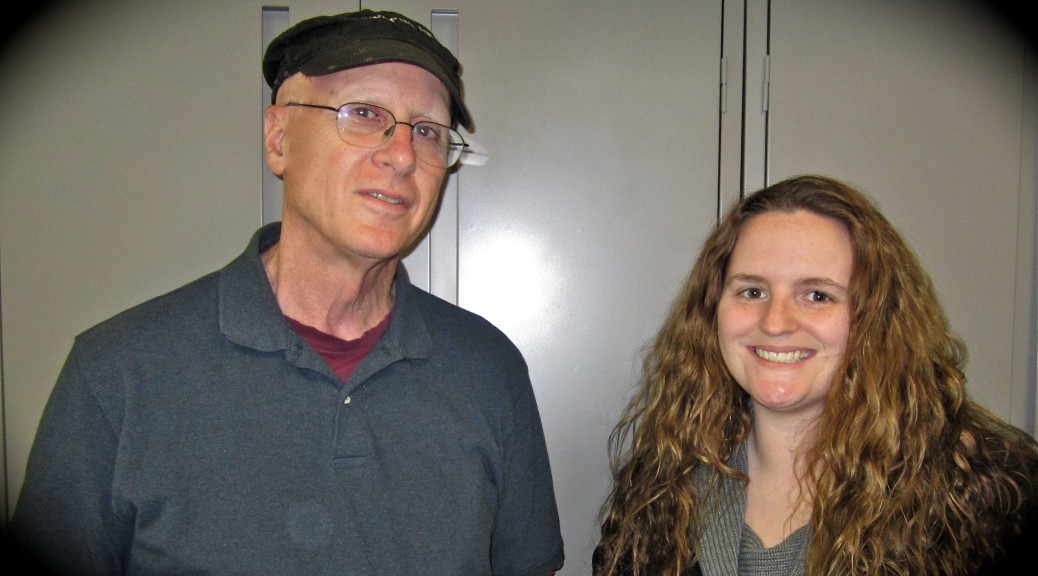November is a windy month, some of its worst demonstrations giving rise to howling gales that sink ships and drive sensible people indoors to a warm fire. The wind also has a more benevolent side such as when it polishes and erodes pebbles on an isolated beach. Richard Fidler engages that topic in the Nature category in his article about lag gravels and ventifact fields.
A lovely old poem about Grand Traverse Bay written by Mary K. Buck (1849-1901) tells about that body of water in any kind of weather. With its regular meter and rhyme, it strikes us as quaint, perhaps, but it displays a love for this place that resonates in our hearts still.
Gini LeClaire faithfully recorded her grandmother’s memories about growing up near Silver Lake more than 110 years ago. Growing Up Wilhelm: Childhood Memories of Life on the Farm reminds us of the simple pleasures of rural living at a time when horses provided transportation and local crops the bulk of our food.
While history can be recorded with pen and ink, nowadays it can also be told with digital techniques to preserve images and words. Amy Barritt shows how a tool called hashtag can be used to archive images for study and enjoyment. Find her article in Exploring History by Street and by Hashtags.
Railroads cut into our awareness only occasionally when we hear an occasional whistle on the solitary line that extends to Traverse City. Not so a hundred years ago when the sounds of steam locomotives filled the air from Traverse City through Lake Ann to Manistee. Richard Leary paints a picture of the Manistee and North Eastern Railroad when it provided the main means of transportation for logs, crops, and human passengers. His article, Remembering the Golden Age of Railroads: The Manistee and North Eastern and its Traverse City Connections, can be found in the History category.
This month’s mystery picture reminds us that history does not have to be “old” to reflect an earlier time. See if you can recognize the neon sign in the lower floor of a local business. Search as you will, nowadays you won’t find what it advertises.
And if the sculpture pictured in last month’s Journal puzzled you, find out where it is below.

